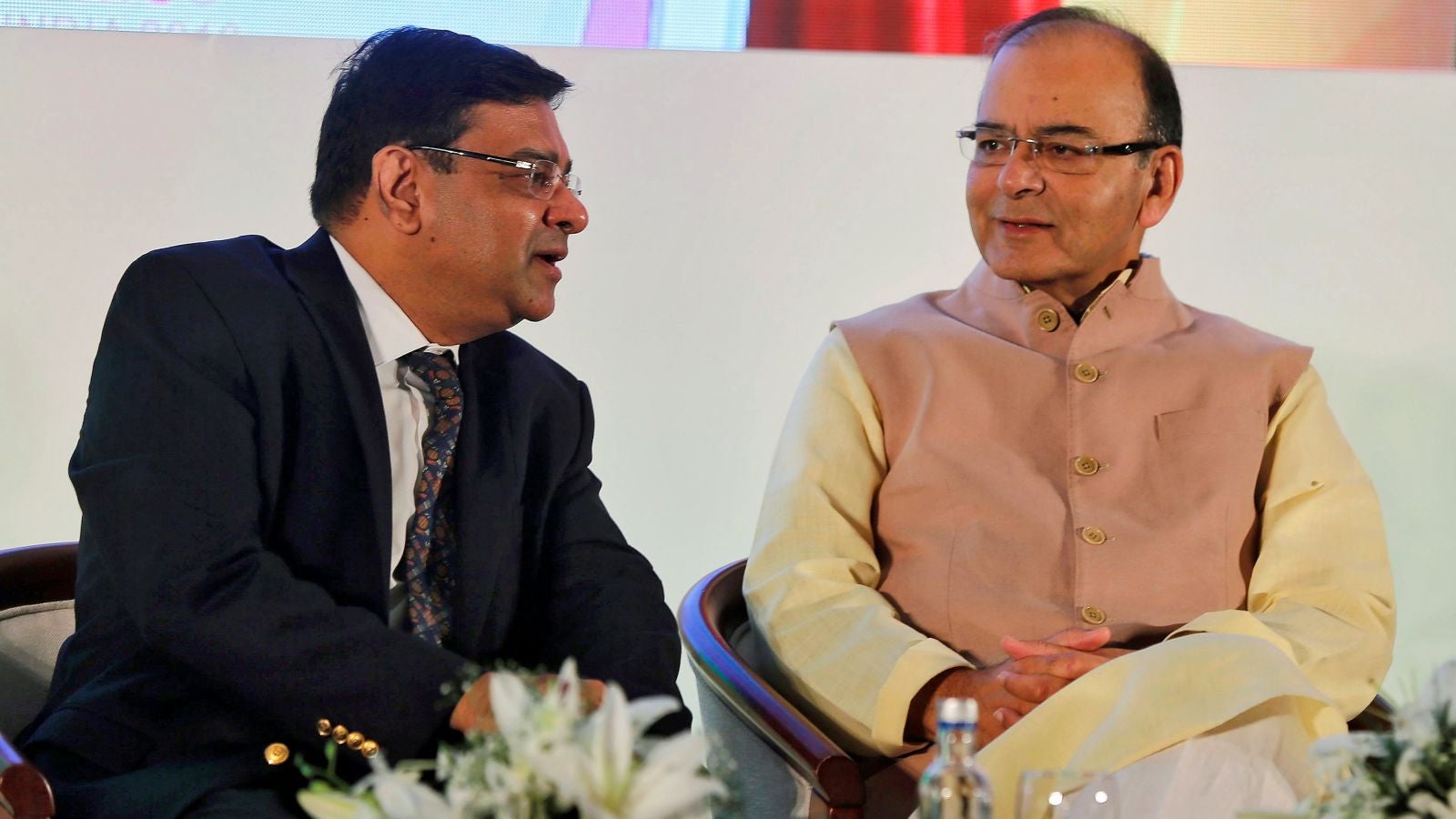RBI warns of a spike in inflation—and takes a jibe at Jaitley’s budget
The poll-bound Narendra Modi government’s decision to woo voters, at the cost of fiscal targets, has left it to the central bank to pick up the pieces. The Reserve Bank of India (RBI) on Feb. 07 kept interest rates unchanged, increased its forecast for inflation, cut the growth forecast for the second time in less than six months, and took subtle jibes at finance minister Arun Jaitley’s budget proposals.


The poll-bound Narendra Modi government’s decision to woo voters, at the cost of fiscal targets, has left it to the central bank to pick up the pieces. The Reserve Bank of India (RBI) on Feb. 07 kept interest rates unchanged, increased its forecast for inflation, cut the growth forecast for the second time in less than six months, and took subtle jibes at finance minister Arun Jaitley’s budget proposals.
The monetary policy committee listed out six reasons why inflation could spike to 5.1% in January-March 2018, and stay well above the RBI target of 4% throughout the next financial year. Three of the factors that will likely fuel inflation emanate from Jaitley’s budget.
- Proposal to raise minimum support price for farm products
- Hike in custom duties for various products including industrial inputs
- Wider-than-expected fiscal deficit
The RBI expects a rise in food and vegetable prices, crude oil prices, as well as in the cost of health and personal care. Aside from spiking global commodity prices and the budget excesses, even the raise in house rent allowances for state government employees will add to the price rise, according to the RBI. All this assuming that the south-west monsoon will be normal this year.
“Having a fiscal stance conducive to achieving the 4% (inflation) target is important. And significant deviations from them will make matters challenging going forward,” Patel said while addressing the media post the monetary policy review.
The government has missed its targets at three levels, Patel pointed out: missing the target for financial year 2018, projecting a target that is wider than market estimates for the next fiscal, and postponing the 3% fiscal-deficit deadline by two years.
“Apart from the direct impact on inflation, fiscal slippage has broader macro-financial implications, notably on economy-wide costs of borrowing which have already started to rise,” the RBI statement said.
While the monetary policy panel did not signal a rate hike in the near future, at least not explicitly, these warnings on inflation are enough to spook nervy investors at this point. That is why, though today’s policy review and statements were on expected lines, India’s equity markets lost their composure in the closing minutes of the governor’s address.
So, if indeed interest rates head north later this year, it would mean loans will get dearer, scuttling a nascent recovery in credit growth and snuffing out any incipient rise in private investment that the government hopes for.
While at it, governor Patel also took a shot at the latest tax on long-term capital gains proposed by Jaitley. “The taxation on capital in India is from several sources. And I think then at the marginal rate, it adds up. You have a corporate tax rate, you have a dividend distribution tax rate, for dividend income above Rs10 lakh you have a marginal tax rate, you also have securities transaction tax, and you have a capital gains tax. So there are five taxes on capital. That would also have an impact on investment and savings decisions,” Patel said.
These nonchalant jabs from the RBI governor may be music to the market’s ears for now, but the future of investments is still as bleak as it was just before this policy review. For the Modi government, it is yet another sign that its populist budget may not help push the growth pedal.